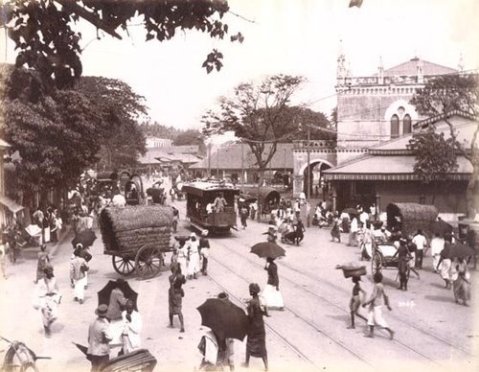February 16 in History
1796 – Colombo falls to the British, completing their invasion of Ceylon (now Sri Lanka)
The Invasion of Ceylon was a military campaign fought as a series of amphibious operations between the summer of 1795 and spring of 1796 between the garrison of the Batavian colonies on the Indian Ocean island of Ceylon (now Sri Lanka) and a British invasion force sent from British India. The Dutch Republic had been a British ally during the French Revolutionary Wars, but was overrun by the French Republic in the winter of 1794 and reformed into the client state of the Batavian Republic. The British government, working with the exiled Stadtholder William of Orange, ordered the seizure of Batavian assets including colonies of the former Dutch Empire. Among the first territories to be attacked were those on the coast of the island of Ceylon, with operations initially focused on the trading port at Trincomalee.
To achieve the seizure of the colony, the British government instructed Lord Hobart, Governor of Madras to use the forces at his disposal to invade and capture the Batavian-held parts of the island. Prosecution of the campaign was given to Colonel James Stuart, supported by naval forces under Rear-Admiral Peter Rainier. Stuart called on Batavian governor Johan van Angelbeek to surrender the colony peacefully and many trading posts were taken without resistance, but Stuart’s forces were opposed at Trincomalee in August 1795 and briefly at Colombo in February 1796. Following short sieges British forces were able to secure control of the Dutch colony, and Ceylon would remain a part of the British Empire for the next 153 years.
-Wikipedia
Photo Caption – Colombo street scene in the early 20th century with a tramcar and the old Town Hall in the background – Wikipedia


